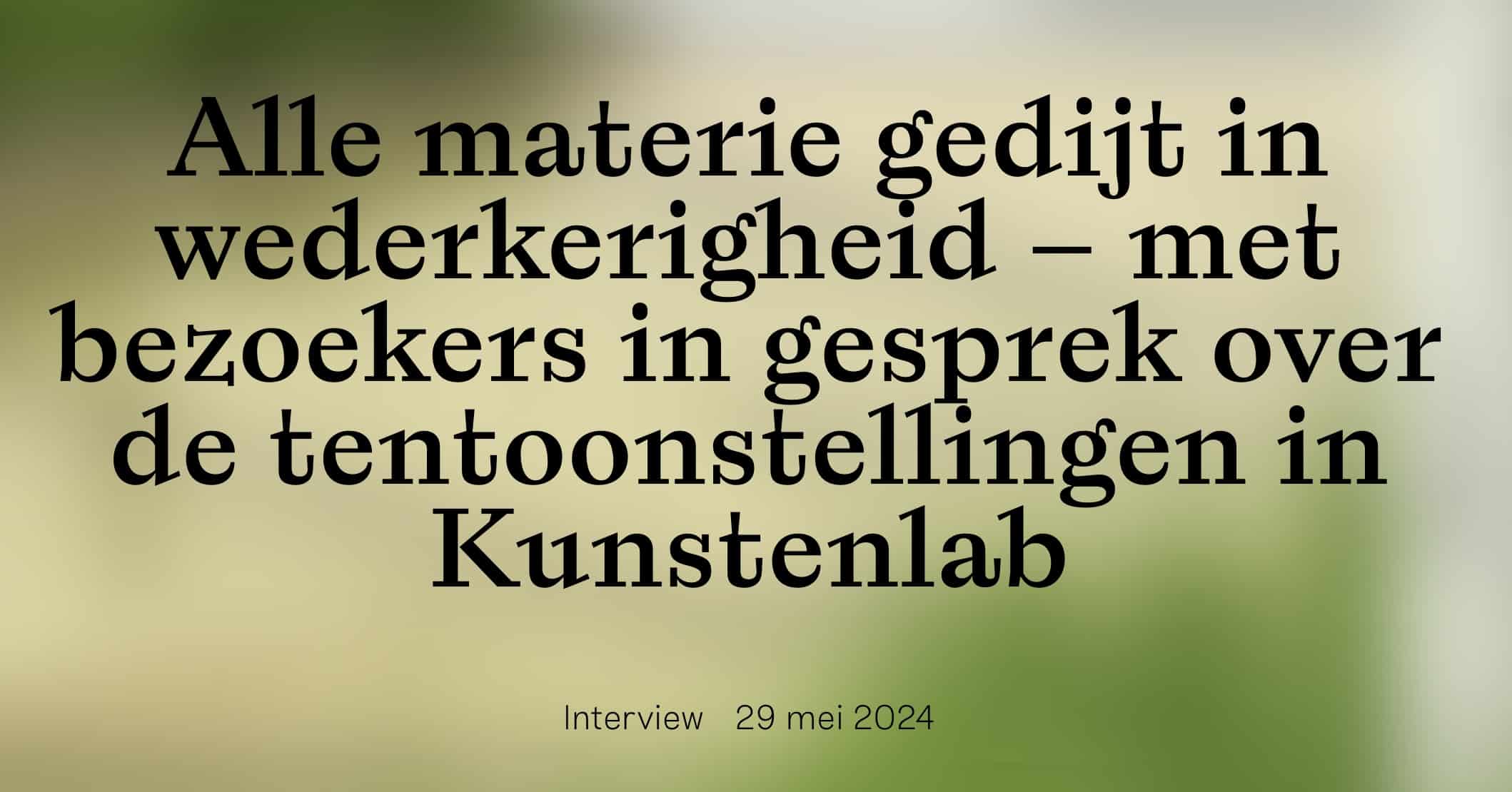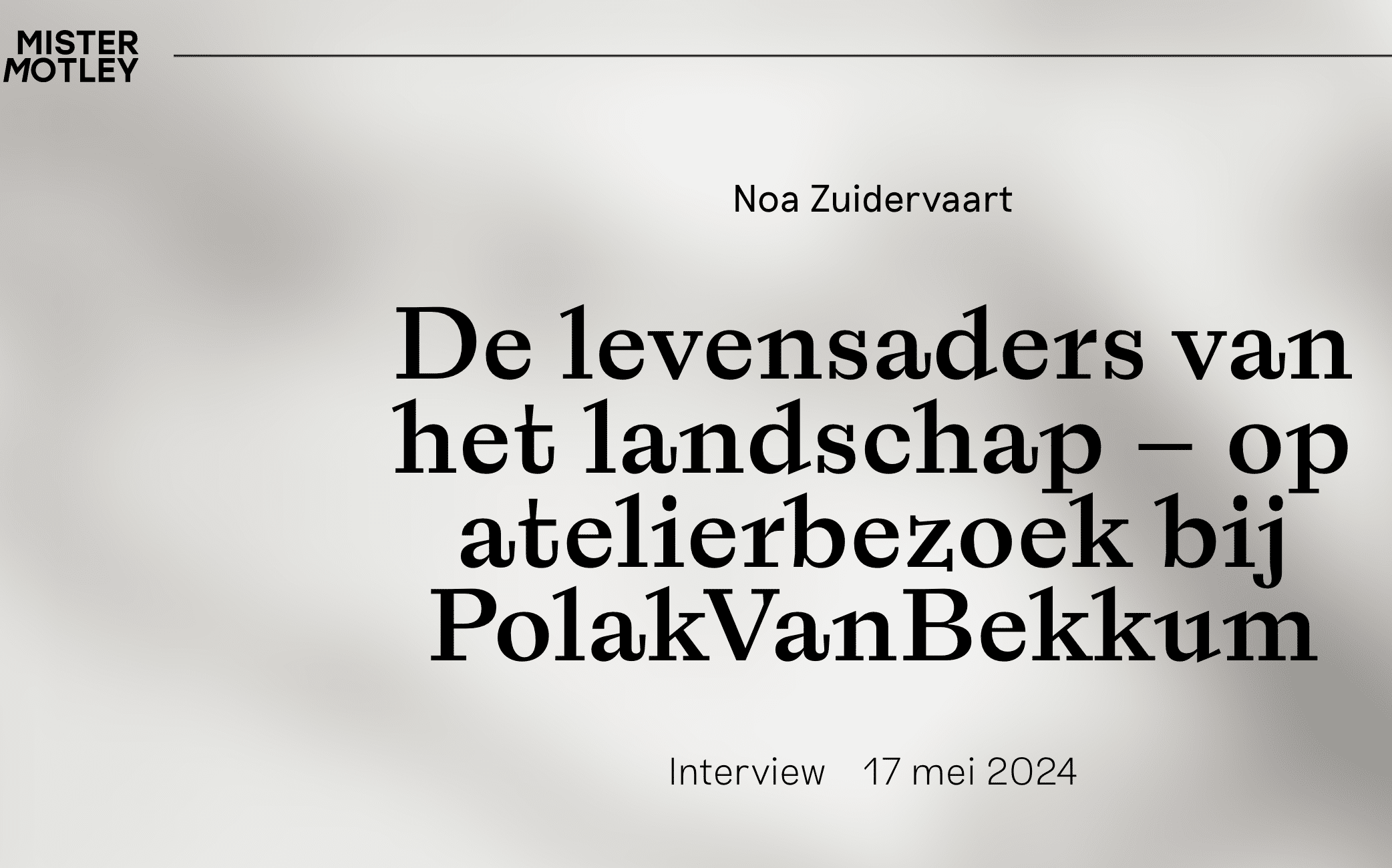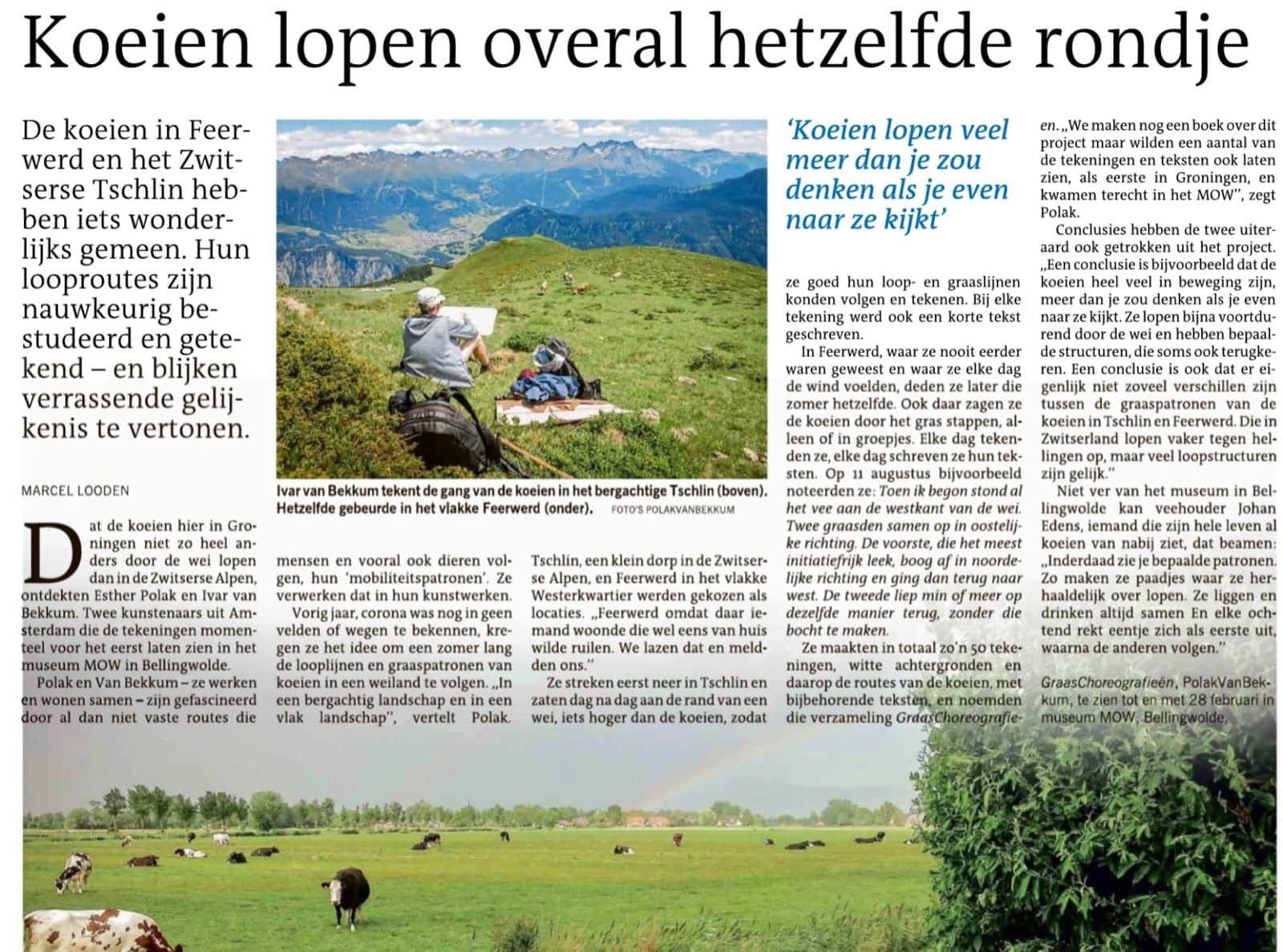In Grazing Choreographies, Esther and Ivar draw the grazing patterns of cows.
This page is the umbrella page for all links to versions of the Grazing Choreographies project and links to related articles, presentations and more.
Artistic Motivation
Our work focuses on movement and landscape and how mobility shapes the landscape. Just over twenty years ago, this began with innovative artistic experiments with location technology (particularly GPS) as a means of recording movement. This often resulted in digital prints or animations of traveled routes. We saw this as a ‘photography of movement’. Within this experimental practice, we have looked for opportunities to use technology as a tool to provide a representation of the landscape as it emerges from movement. Our most recent move has been to create drawings that, while stemming entirely from those experiments with technology, are completely free of the technology itself in their execution.
With Grazing Choreographies, we now draw directly, trusting our human powers of observation, the movements we would have previously captured with GPS.
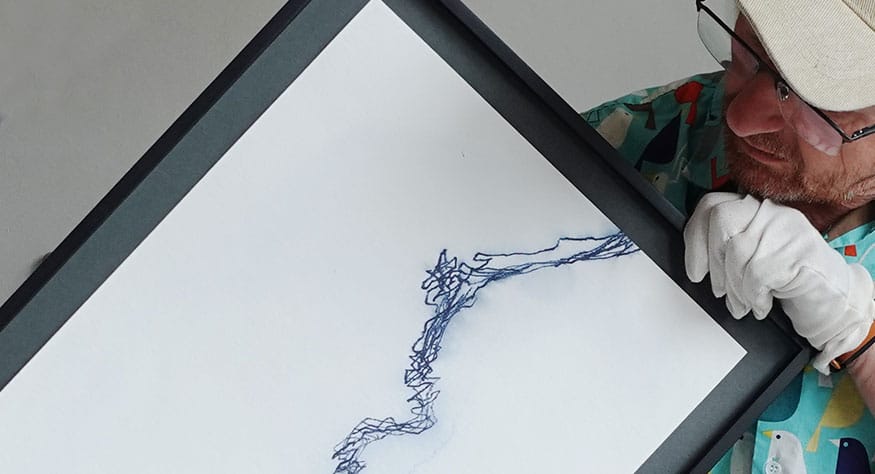
Grazing Choreographies Switzerland/The Netherlands
Grazing Choreographies IJsselstein, The Netherlands
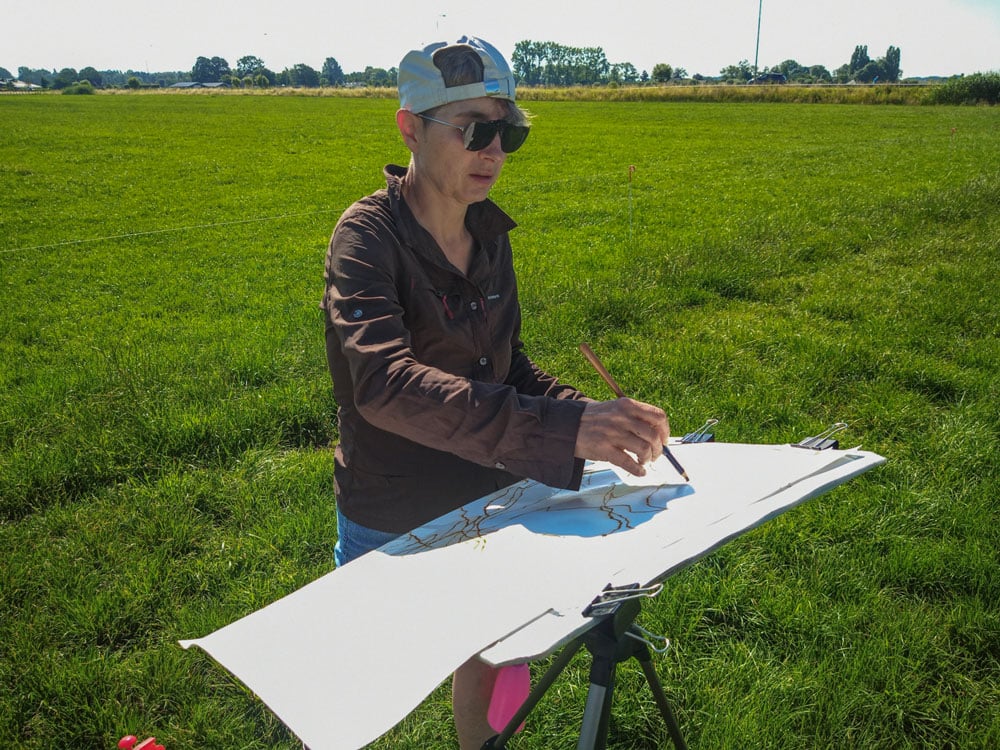
Grazing Choreographies Diepenheim, The Netherlands
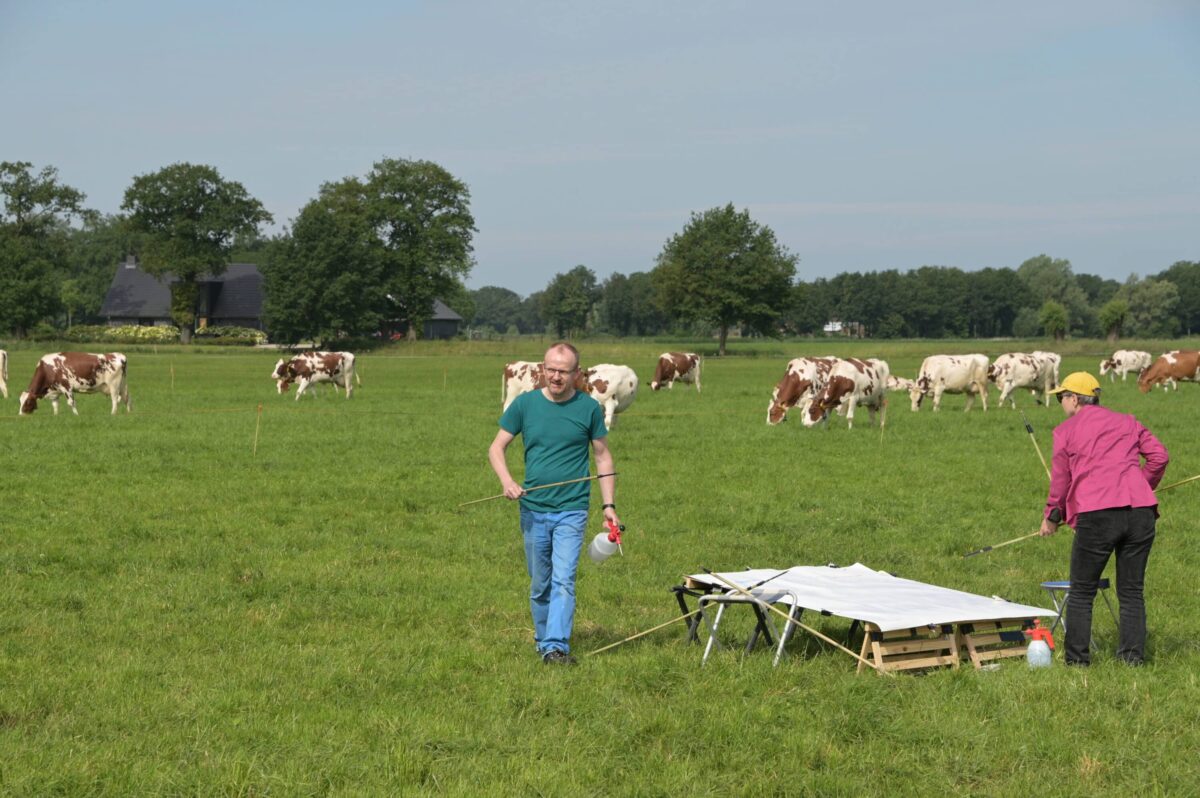
Grazing Choreographies Oerol, Terschelling, The Netherlands

Press
pers
pers Dagblad van het Noorden
Esther Polak spreekt tijdenshet debat Kunst en Design in de wereld van de Verenigde naties over PolakVanBekkums projecten waar koeien participanten zijn en hoe anders zij in het weiland zouden staan als zij niet autonoom zouden werken, maar in opdracht van de doelen van de Verenigde Naties.
Presentation CBK and VN
Esther Polak spreekt tijdenshet debat Kunst en Design in de wereld van de Verenigde naties over PolakVanBekkums projecten waar koeien participanten zijn en hoe anders zij in het weiland zouden staan als zij niet autonoom zouden werken, maar in opdracht van de doelen van de Verenigde Naties.
Credits
Team Drawing Centre Diepenheim, boeren Meutstege, Heilersig, Wissink, Heutinck and Ten Heggeler.
Financiele ondersteuning
